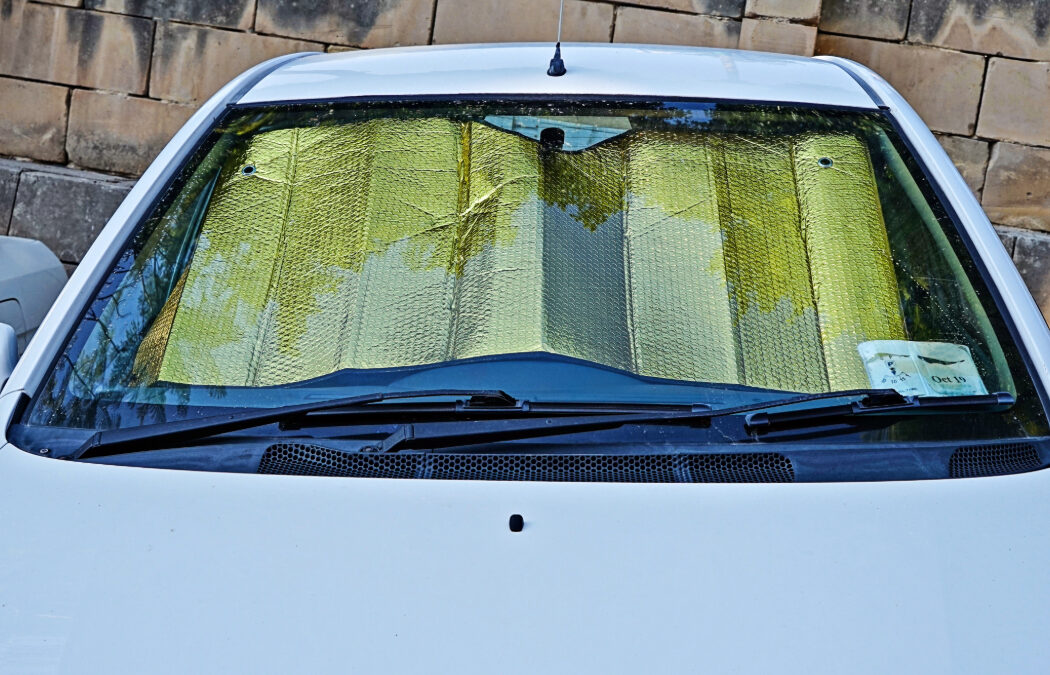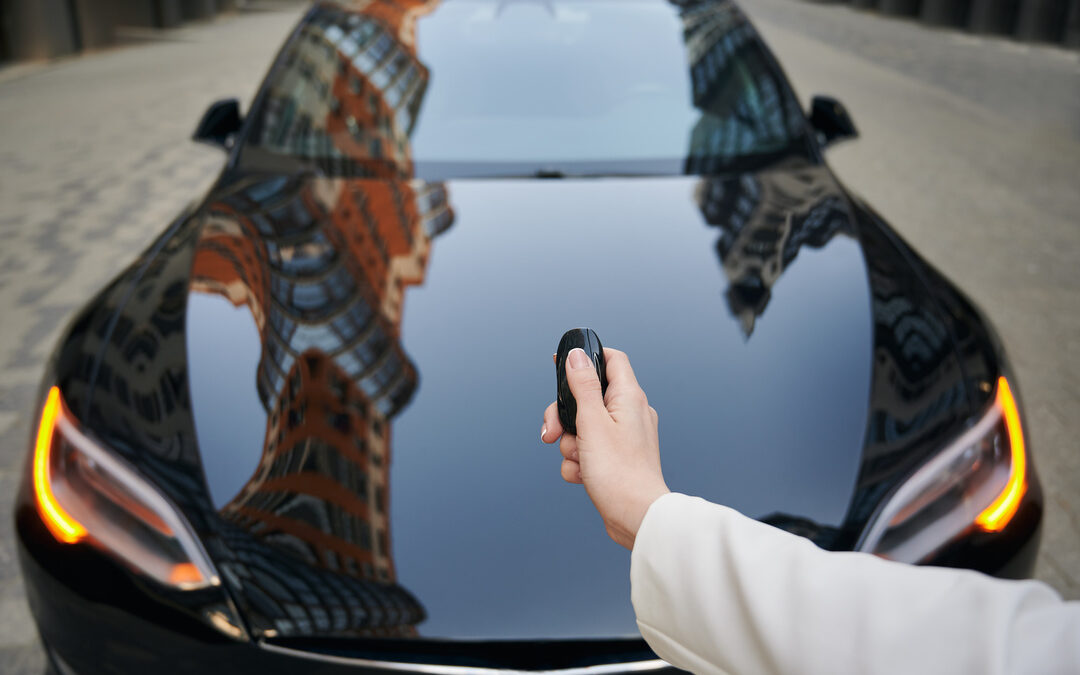You bought a new SUV or truck, and the back windows already look tinted. So you’re wondering:
Can you put tint on top of that factory tint?
Yes, you can. But only if you know what you’re doing.
If you skip the details, you could mess up your visibility, break the law in Massachusetts, or waste money on a tint job that doesn’t actually help.
Here’s what most people get wrong about factory tint—and how to do it the right way.
What “Factory Tint” Actually Is (And Why It’s Different)
Most trucks and SUVs come with what looks like tinted glass on the back windows. But here’s the thing:
It’s not window film.
Factory tint is dyed into the glass during manufacturing. It’s technically called “privacy glass,” and it doesn’t block heat or UV rays as well as aftermarket film.
It only reduces visible light. That’s it. No real protection from infrared heat, and limited UV blocking.
For more on this, check out this breakdown from JCE Company. They explain why privacy glass doesn’t do what most people think it does.
Why Adding Film Over Factory Tint Can Be a Smart Move
Adding tint film over factory-dyed glass gives you what the original glass doesn’t:
- Heat rejection: Ceramic or carbon film blocks infrared heat and keeps your cabin cooler.
- UV protection: High-quality film blocks up to 99 percent of UV rays, protecting your skin and interior.
- Glare reduction: It helps cut glare during day and night driving.
- Uniform look: You can match the shade of your front windows with the rear for a cleaner style.

Common Mistakes People Make When Tinting Over Factory Glass
Here’s where people mess up:
- They think factory tint counts toward legal limits.
In Massachusetts, legal window tinting is based on Visible Light Transmission (VLT)—that’s the percentage of light that passes through both the glass and the film.
So if your factory glass already blocks 20 percent of light, and you add a 20 percent film, you’re below the legal limit. That’s a ticket or failed inspection. - They use the wrong film type.
Cheap dyed films won’t help much and fade fast. You want ceramic or carbon film for performance. - They assume all installers know this stuff.
Not every tint shop accounts for factory tint when calculating final VLT. You need someone who understands Massachusetts law.
For legal requirements, see this guide from Viper Wrap Studio.
How to Do It Right (And Stay Legal in Massachusetts)
If you’re adding tint to a vehicle that already has factory-dyed glass:
- Measure the VLT of your current glass.
A good shop will use a light meter to check it. - Calculate the final VLT after tint.
This is the combo of the glass and film. Massachusetts requires 35 percent or more light transmission on front side windows. - Avoid tinting the windshield or going too dark in the front.
The front can’t be darker than 35 percent, and the windshield can only have a strip at the top. - Apply for a tint waiver if needed.
If you have a medical reason, you can apply for a tint waiver here. - Check the installer’s experience.
Ask if they’ve tinted over factory glass before. If they hesitate or can’t explain VLT laws, go elsewhere.
Factory tint and film tint are not the same thing.
If you want real heat and UV protection—or if you want your front and back windows to match—adding tint film to factory glass makes sense.
Just don’t go too dark or ignore the laws in Massachusetts. It’s not worth a failed inspection or a fine.



0 Comments